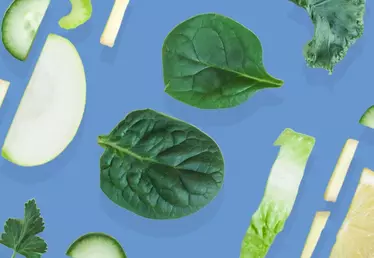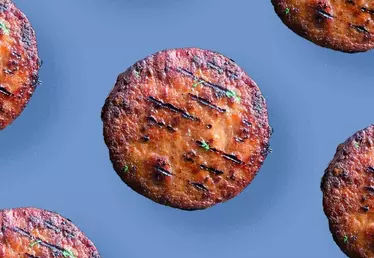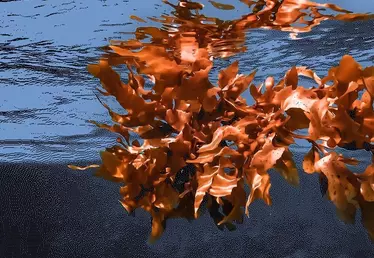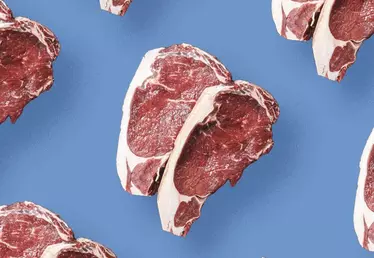
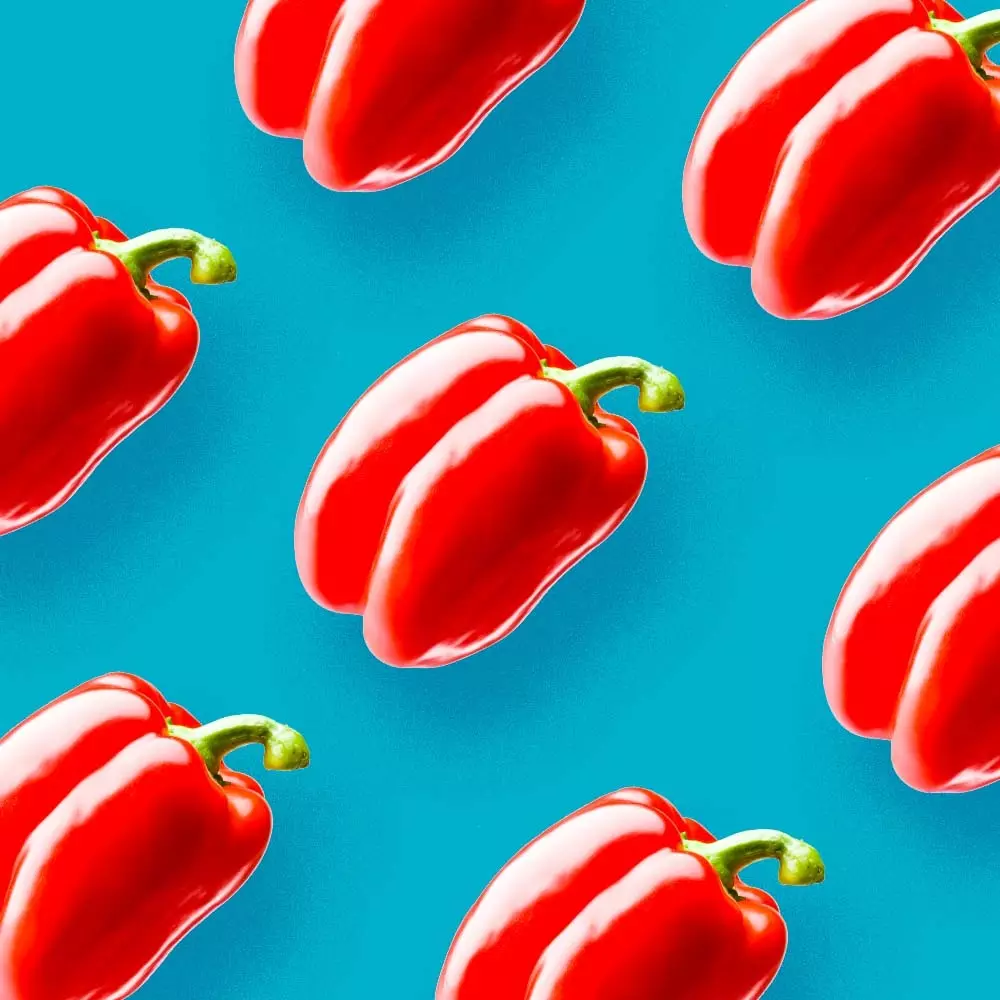
Hero banner custom title
Could food grow in saltwater?
3 min
Agriculture may be an extremely water-intensive activity but there is no way around it. One idea for reducing this source of water stress (and for bolstering crop harvests even during periods of drought) is to use seawater, which accounts for 97.5% of all water on Planet Earth. Hence the growing interest in hydroponic edibles among farmers, entrepreneurs and scientists.
When entrepreneur Camila Reveles took over a family farm located about 100 kilometers from the city of Rio de Janeiro, she started producing samphire, a crop that was totally unknown in Brazil. This crunchy plant –iodized and rich in vitamin A - has the particularity of thriving in salt marshes and therefore fits Reveles’ ambition of “growing edible species without using fresh water”.
Eaten as a salad, pickle or side dish, chefs and gourmets alike love samphire, in part because of the salty taste it acquires in the lagoons where it grows. Reveles uses “a solar energy pump to ship water into a greenhouse where we are able to control salinity and lighting levels”. It is an activity that she has the full intention of developing – but also diversifying, given the great potential of other edible halophytes such as sea beets, false purslane obione (aka sea chips) and sea asters.
Seawater crops in response to climate change
Alongside Reveles, other entrepreneurs (including companies like Seawater Solutions) have started betting on halphytes such as samphire. In an era defined by climate change, there is growing awareness of the water crisis, exemplified by the way in which rising water levels has sparked a greater salinisation of agricultural land.
At present, 10 million hectares of cropland are having to be abandoned year in year out.
Even as global food production must increase by a whopping 70% by the year 2050 to feed the world’s growing population. Hence the imperative of learning how to grow food in water and/or saline environments.
The possibility of growing staples in seawater one day
AgroParisTech Professor Emeritus Alain Perrier considers that countering the impending shortage of fresh water will require much more than simply expanding samphire production. In an interview with the Atlantico news site, Perrier opined that samphire “will never be central to a human diet – although it can one day (much like insects) play a small role”.
Despite sea vegetables having little possibility of becoming a central component of people’s diet, researchers and entrepreneurs are continuing to focus on the other staple vegetables and cereals that play such a key role in food security today. This includes not only beets and asparagus but also barley and certain types of durum wheat – all of which can be cultivated in salty environments. Canadian start-up Alora is building on this trend by reactivating the dominant gene of a rice that grows well in seawater, a product that the company describes as “most salt-tolerant rice in the world and one that can be used to combat global hunger”. It is worth remembering that rice constitutes a staple for 4 billion people worldwide and that output will have to increase by 20% by the year 2040 if it is to keep pace with population growth. Indeed, according to the Qingdao Saline-Alkali-Tolerant Rice Research and Development Centre, growing rice in saltwater enables the use of 6.7 million hectares of land that had once been considered un-fertile.
Share it:







